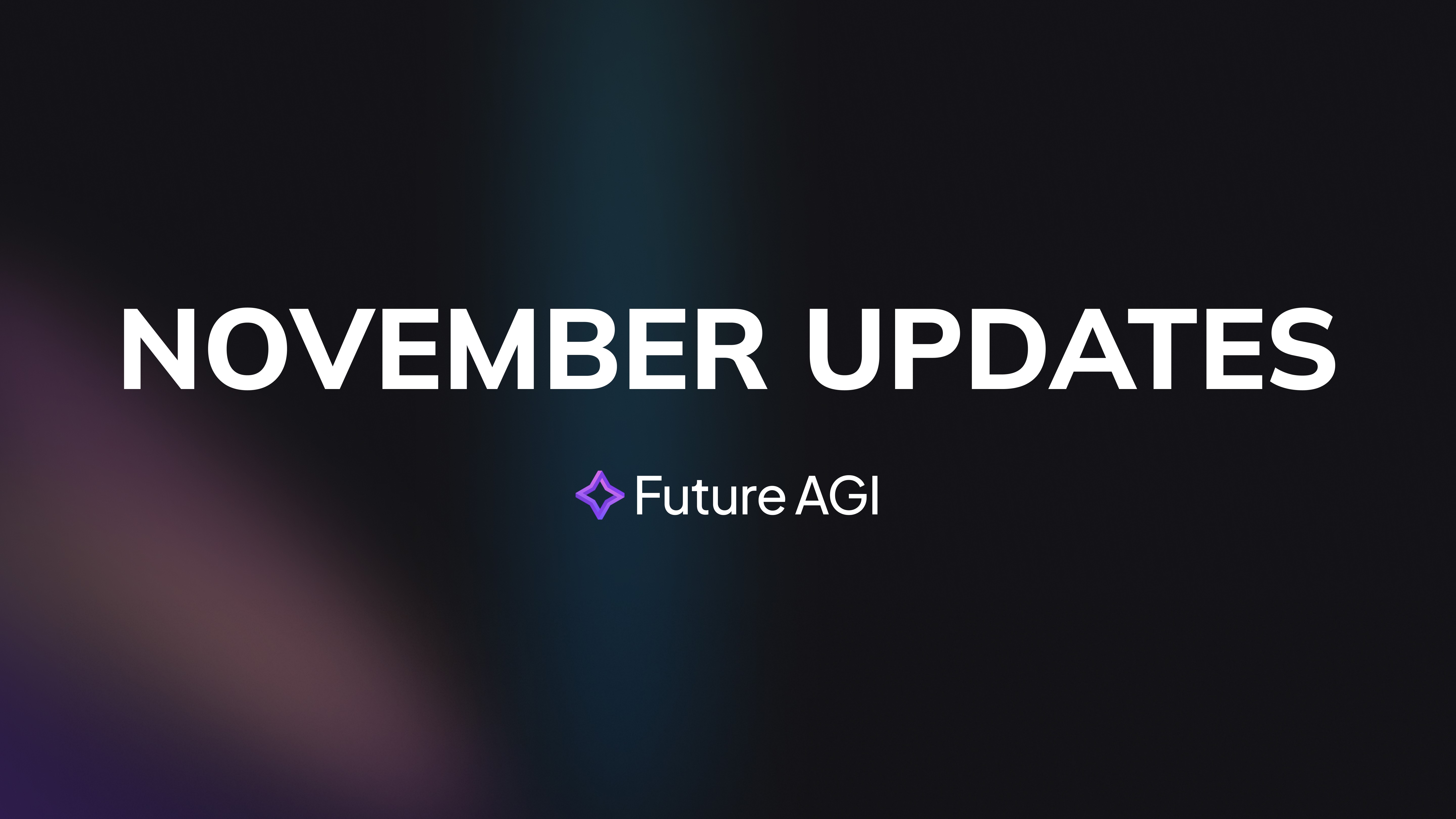Introduction
In the rapidly evolving field of AI, open-source large language models (LLMs) have become game-changers. By offering flexibility, cost-effectiveness, and community-driven improvements, open-source LLMs empower developers and businesses to create innovative solutions tailored to their specific needs.
Here, we explore the top open-source LLMs in 2025, their key features, and how they’re driving innovation across industries.
Why Open-Source LLMs Are Leading the Way
Open-source LLMs have emerged as the preferred choice for businesses and developers due to several key advantages:
Customizability: Unlike proprietary models, open-source LLMs can be fine-tuned and adapted to specific use cases.
Cost Efficiency: Avoid high licensing fees while still leveraging powerful models.
Transparency: Open access to the codebase allows developers to understand and modify the model, fostering trust.
Innovation through Collaboration: Contributions from global developers lead to rapid improvements and cutting-edge features.
1. LLaMA 3: Meta’s Next-Level LLM
Overview: The third iteration of Meta’s LLaMA (Large Language Model Meta AI)—a model that differs significantly from traditional AI approaches in its open-source architecture and flexibility is optimized for scalability and efficiency.
Key Features:
Reduced resource requirements for fine-tuning.
Multi-lingual capabilities for diverse global applications.
Lightweight models suitable for edge deployments.
Use Cases: Language translation, chatbots, and personalized recommendations.
Why It Stands Out: LLaMA 3 balances power with accessibility, making it ideal for low-resource environments.
2. Bloom 2: Diversity and Multimodality
Overview: Bloom 2 builds on its predecessor's strengths, offering enhanced multi-lingual and multi-modal capabilities.
Key Features:
Training on diverse datasets for ethical and unbiased results.
Integration of text, vision, and audio processing.
OpenRAIL licensing for controlled, ethical usage.
Use Cases: Content generation, customer support automation, and educational tools.
Why It Stands Out: Its emphasis on diversity and inclusivity sets it apart as a leader in ethical AI.
3. Mistral: Lightweight and High-Performance
Overview: Mistral focuses on creating lightweight, efficient models that deliver powerful performance for real-time applications.
Key Features:
Compact architecture for reduced latency.
Domain-specific fine-tuning capabilities.
Strong support for healthcare, finance, and legal domains.
Use Cases: Real-time chatbots, document summarization, and decision support systems.
Why It Stands Out: Mistral’s low-latency design makes it ideal for real-time, customer-facing applications.
4. Falcon 3: Scalable and Robust
Overview: Falcon 3 is built for scalability, offering robust performance for NLP and multi-modal tasks.
Key Features:
Optimized training for large datasets.
High inference speed, making it suitable for enterprise-scale applications.
Support for custom plug-ins and integrations.
Use Cases: E-commerce personalization, supply chain optimization, and content recommendations.
Why It Stands Out: It bridges the gap between research models and production-ready solutions.
5. Qwen: Alibaba’s Multi-Modal Marvel
Overview: Qwen, developed by Alibaba, is a versatile multi-modal LLM tailored for complex real-world applications.
Key Features:
Seamless integration of text, vision, and speech processing.
Optimized for cloud and edge deployments.
Advanced parameter-efficient tuning for cost reduction.
Use Cases: Smart assistants, logistics automation, and personalized e-commerce experiences.
Why It Stands Out: Qwen leverages Alibaba’s ecosystem expertise, offering industry-specific solutions with unparalleled flexibility.
6. OpenGPT-X: Europe’s Ethical AI Leader
Overview: OpenGPT-X is a European initiative focused on creating ethical, high-performing LLMs.
Key Features:
Compliance with GDPR and other privacy regulations.
Multi-lingual capabilities tailored to European languages.
Open-source yet secure, ensuring robust data handling.
Use Cases: Public sector applications, legal document analysis, and compliance automation.
Why It Stands Out: It combines innovation with a strong emphasis on privacy and ethics.
Choosing the Right Open-Source LLM
When selecting an open-source LLM, consider these factors—and don’t overlook the importance of LLMOps, which helps you monitor, optimize, and deploy these models efficiently in real-world settings:
Use Case Fit: Match the model’s strengths (e.g., multi-modality, low latency) to your application.
Computational Requirements: Evaluate infrastructure needs for training and deployment.
Fine-Tuning Ease: Opt for models that simplify domain-specific customizations.
The Future of Open-Source LLMs
Parameter-Efficient Models: Expect more lightweight yet powerful LLMs for edge and mobile devices.
Federated Learning: Decentralized approaches to training and improving models.
Increased Personalization: LLMs that adapt to user preferences and behaviors in real-time.
Ethics and Governance: Open-source initiatives to set new standards for transparency, accountability, and fairness.
Conclusion: Driving Innovation with Open-Source LLMs
Open-source LLMs are transforming AI by democratizing access to cutting-edge technology. Tools like LiteLLM further enhance this by helping developers manage and experiment with 100+ LLMs through a unified interface. From flexible customization to cost efficiency, they enable businesses and developers to innovate without boundaries. By leveraging these top models, you can build solutions tailored to your needs while contributing to the thriving open-source community.
Let’s embrace the future of open-source AI and drive meaningful change in the real world.









